Defending The Chevy Vega
Posted on Mar 27, 2015 in Antique | Comments Off on Defending The Chevy Vega
As part of some research into an article on the worst cars ever made, I decided to check out similar lists on the internet. Most of them were just plain silly, like Time Magazine’s “Worst Cars of All Time” which included the Plymouth Prowler and Chevy SSR solely because they lacked a little horsepower, and the magnificent BMW 7-Series because of its complicated iDrive and its Jennifer Lopez butt.
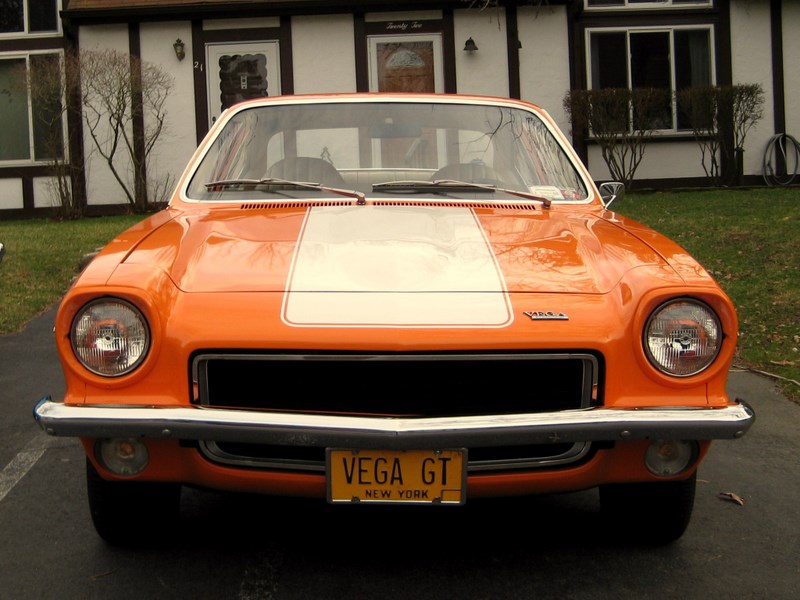
Some lists were just mean, like MSN’s “10 Worst Cars Ever” which included the lowly Chevy Vega not once, but twice…out of ten cars. Business Week was also nasty to the little Vega, listing it along with the cleanly styled Chevrolet Corvair as one of the “10 Ugliest Cars of All Time”. Only CNN Money was fair by choosing to name their article “Tagged: 10 Cars with Bad Reputations”, in other words “10 Rumors we Heard About Cars”. Surprisingly, no list that I found included cars from Volkswagen or even Lancia, makers of the 412 and Beta. So, rather than contribute to the abuse, I decided instead to defend the Chevrolet Vega.

The Vega was a small subcompact made by GM from 1971 to 1977. The car was rear wheel drive, equipped with an aluminum engine, very stylish and priced at $2,000 dollars. This would be a recipe for success for any other carmaker, but the Vega was doomed from the start by GM’s corporate politics and committees. Built during a time when Bill Mitchell was still VP of Design, the car was pretty from all angles, and early versions included Hatchback, Notchback, Kammback and Panel Van body styles. The Vega was introduced with several transmission options, standard front disk brakes, power steering, an electric fuel pump, a modular designed body to increase stiffness, side guard door beams and a double paneled roof. Over 1.9 million of the cars were produced, even spawning sister cars by Pontiac, Oldsmobile and Buick.
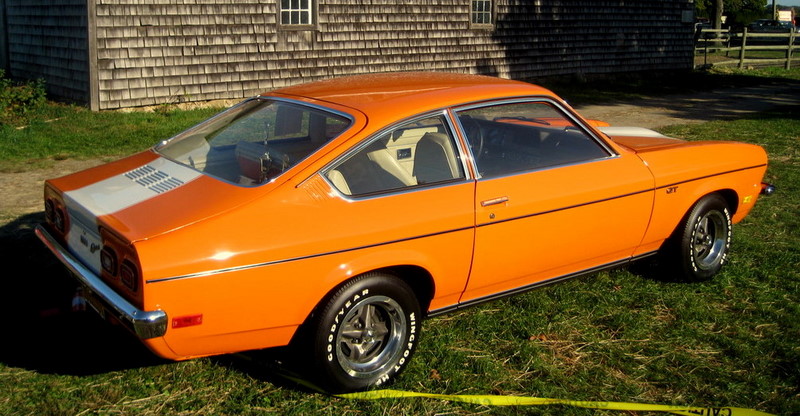
Problems with the car began early in its life. Rushed into production to beat Ford, who launched the Pinto the day after GM rolled out the Vega, meant that designers were required to learn new aluminum engine technology and place those engines into production all at the same time. Parts and design changes were scrapped to stay on schedule and the engine, which was once “the most extraordinary part of the car” according to Collectable Automobile, was sacrificed. Even the concept of the aluminum engine was dictated by cost, since eliminating liners for the old engine saved $8.00. Though this was the first time an OHC sleeveless, die cast aluminum block engine was put into production, the schedule still was the priority.
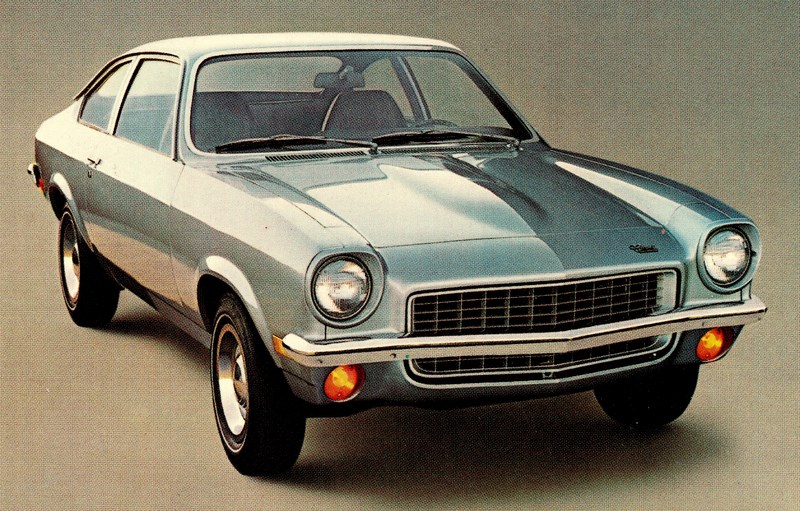
Every problem that occurred could be traced back to cost cutting made by management. The rust problems with the front fenders were because the design allowed for air pockets during the primer dip. This could have been addressed by a set of $2.00 plastic fender liners, but the committee said no. Even the steel used to make the car was thinned out to cut costs. The first prototype sent to the proving grounds broke in two after only eight miles on the Belgian parve and ribs needed to be added to the Kammback roofline, since the metal was too thin to carry the weight.
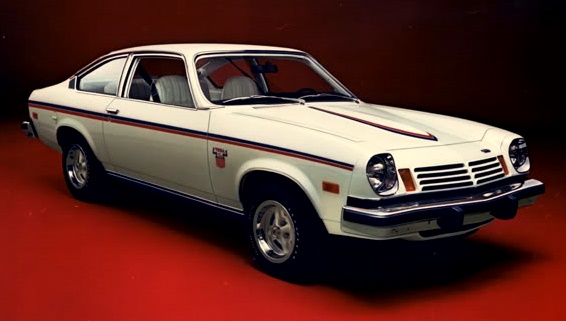
In spite of all the problems, the car was well received by the automotive press, and won major awards from almost every magazine, as well as Car of the Year. During its life special editions were made, including the famous Cosworth Vega Twin Cam, the Yenko Chevrolet Stinger II turbocharged Vega, and the Spirit of America Bicentennial edition. Surprisingly, the Cosworth Vega had decent sales figures, in spite of the fact it was only $900 dollars less than a Chevy Corvette.

Today, Vega’s are prized by the Hot Rod and racing culture and it’s still common to see one on the track, especially since a V8 engine fits nicely under the hood. In 30 years time, the people who bought the Vega still treat it with the respect it deserves; only the car critics still hate it.
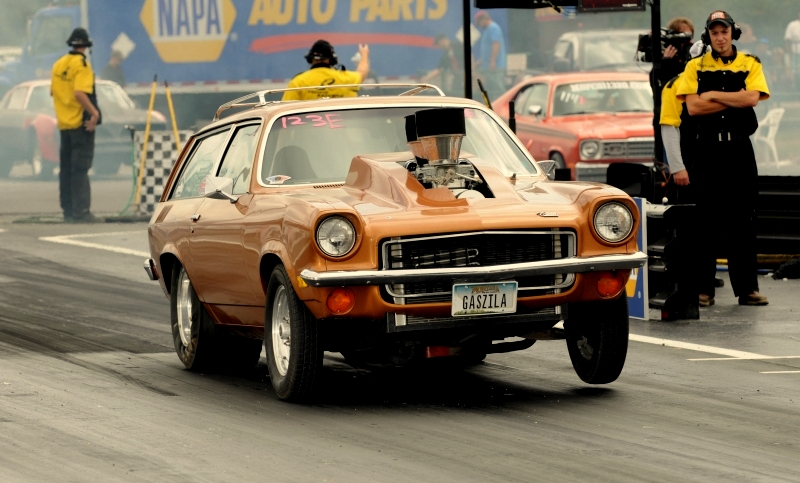





.gif)

